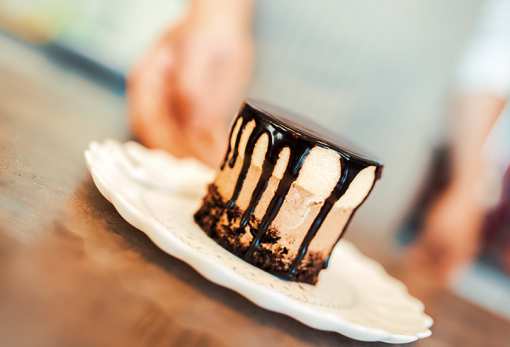The Morse ancestors who helped settle Central Vermont were taught how to tap maple trees by Native Americans. Hot rocks were used to evaporate the sweet sap until only sugar or "sinzibukwud" remained. Pioneers could boil a year's supply of sugar thus making Americans self-sufficient in sugar production. Ben Franklin promoted massive sugar production in the Northeast to make the country less dependent on "foreign" sugar.
It's Sugarin' Time - Once America won its independence, and improved transportation helped bring cheaper sugar from the south, sugarmakers started boiling their product less, allowing it to stay in the more popular syrup stage, but the name never changed from the original "sugarin."
Maple Facts
Old timers say that we get a "run" of sap for every day of January thaw. Most years we get a January thaw and its duration can be measured in one, two, or three days. The sugar season, which occurs mid-March thru mid-April, always consists of one, two, or three runs.
On the average, it takes 40 gallons of maple sap to make 1 gallon of pure maple syrup. Here at Morse Farm, we drill 1 tap hole in each of our maple trees, which gives 10 gallons of sap in an average year. So, 4 maple trees, 40 to 200 years old, are needed to make one gallon of pure maple syrup.
Â
    Maple sap is 2% sugar and weighs 8.35 lbs. per gallon
    Maple syrup is 66.9% sugar and weighs 11 lbs per gallon
    One gallon of maple syrup makes 7 lbs of maple sugar
    Maple syrup contains 50 calories per Tablespoon
    Corn syrup contains 60 calories per Tablespoon






